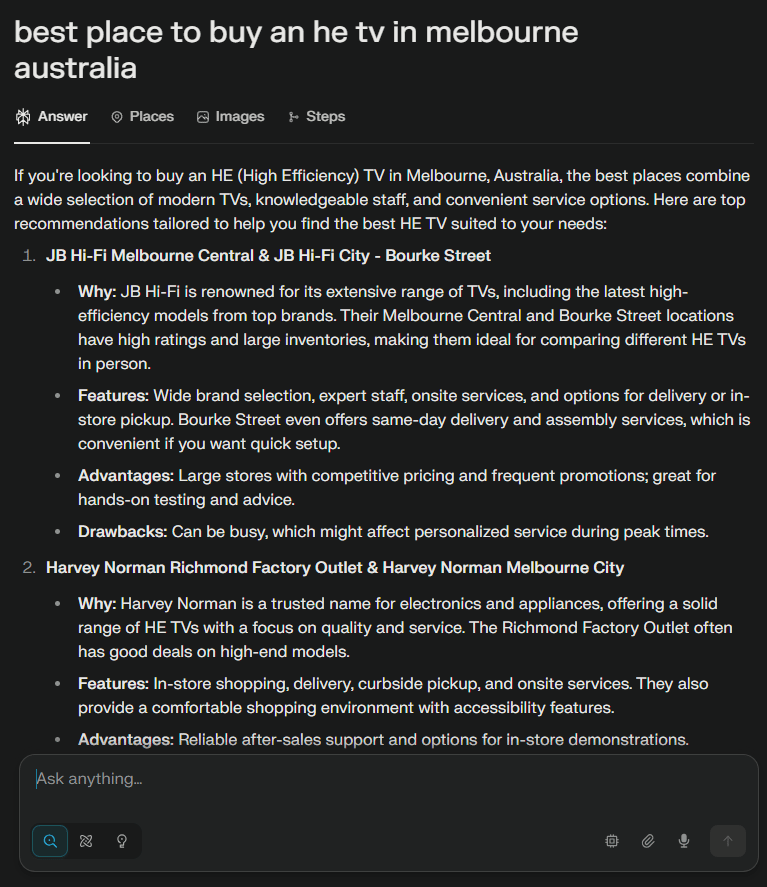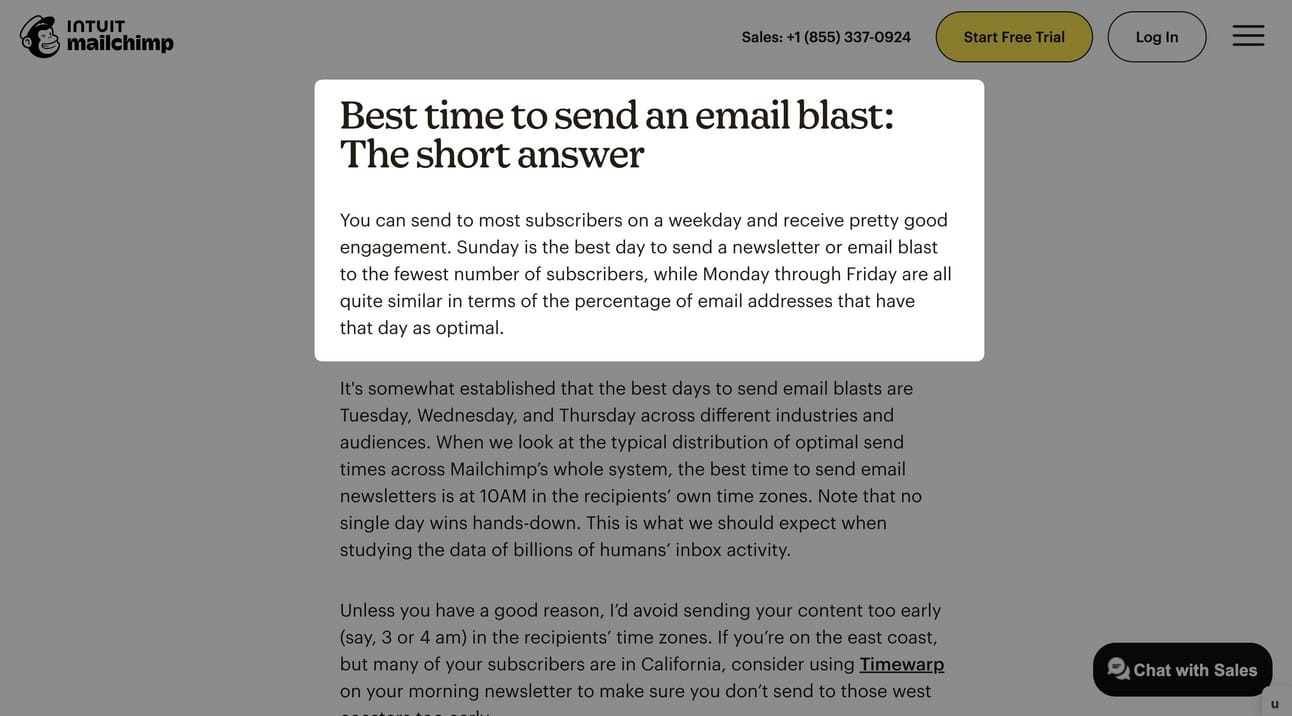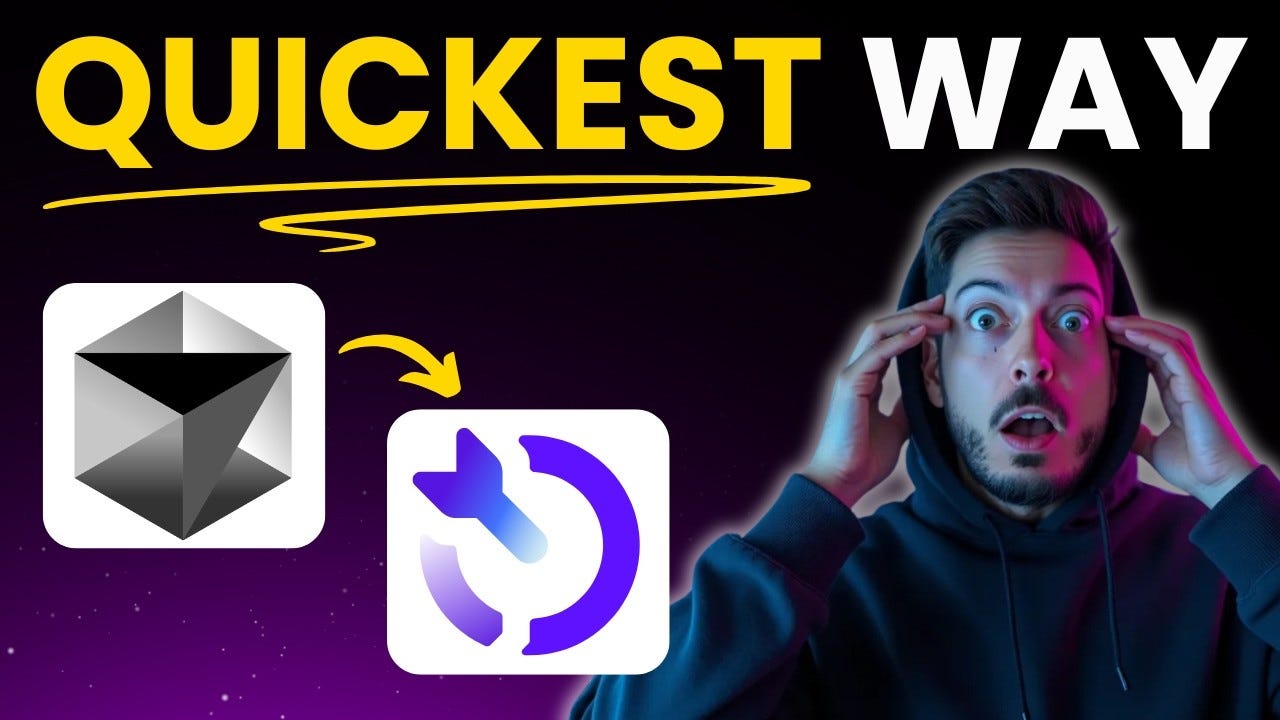How to Get Cited by ChatGPT (and Why It Matters Now)
The Complete Guide to Ranking in AI-Powered Search (2025)

This is the go-to newsletter and community for no-code AI tools, news and productivity insights.
TL;DR: Traditional SEO is losing ground to AI-powered search. If ChatGPT, Claude, Gemini, or Perplexity aren’t referencing your brand when people ask questions… you don’t exist. This is your crash course in LLM Engine Optimization (LEO).
🚨 Want Help Rewriting Your Content for LEO?
If you want to turn your blog post, landing page, or newsletter into something ChatGPT might actually cite, I built a free GPT that does just that.

ChatGPT - LLM Optimization Rewriter
Rewrite your content so it gets cited by AI tools like ChatGPT and Perplexity.
chatgpt.com/g/g-685215ba6304819187eeac4a6e0af593-llm-optimization-rewriter

What Is LEO and Why It’s a Big Deal
LLM Engine Optimization is the process of shaping your content so it gets used by language models - not just indexed by Google. The game has changed:
SEO = ranked links
LEO = cited answers
AI models don’t send people to your site. They quote you (or they don’t). That means visibility = citation.
And citation means influence, trust, and traffic from AI-native users.
How AI Models Choose What to Cite
When someone asks ChatGPT or Perplexity a question, here’s what happens behind the scenes:
Signal
What the model looks for
Authority
Are you mentioned across credible sources?
Comprehensiveness
Can one of your pages answer the whole question?
Freshness
Is your info current and regularly updated?
Context Match
Does your paragraph directly address the query?
Sentiment
Do other sources reference you positively?
It’s not just about what’s on your site - it’s about your reputation across the internet.
And here’s the kicker: AI tools usually only reference 1–3 sources. So you either make the cut or you don’t show up at all.

How To Structure Your Newsletter for LLM Discovery
Here’s how to future-proof every issue:
1. Start Strong
Put the most important insight in the first paragraph. Think: clear answer first, context second.
✅ “LLM Optimization helps you show up in AI answers. Here’s how to actually do it, step-by-step.”
❌ “AI is changing how we search… and that has some implications…”
2. Use Question-Based Subheadings
Match how people ask questions. For example:
❌ “SEO vs LEO”
✅ “What’s the difference between SEO and LLM Engine Optimization?”
3. Make Each Section Stand Alone
Every paragraph should work like a mini answer box. No rambling intros - just answer the question and move on.
Good structure:
H2: What Is LLM Optimization?
One-paragraph definition
Bullet points or examples
Optional: link to related post
4. Add a Table of Contents
If your post is over 1,000 words, use a clickable table of contents. This helps LLMs parse your structure and improves user navigation.
Example: Before vs After
❌ Original Newsletter Snippet:
“Let’s talk about AI search. Google’s new SGE feature is rolling out, and it’s changing how we think about content visibility…”
✅ Optimized for LEO:
What Is Google SGE and Why Does It Matter for Content Creators?
Google’s Search Generative Experience (SGE) uses AI to generate answers directly in search results. Instead of showing 10 blue links, it summarizes from trusted sources. If your brand isn’t in that answer box, you’re invisible.
Example:

Bonus Tips for LEO-Optimized Content
Answer real user questions - use tools like Perplexity, AnswerThePublic, and “People Also Ask” to find phrasing
Structure your insights like Wikipedia entries: answer > explain > elaborate
Sprinkle first-party data or frameworks throughout (LLMs love citing original thinking)
Add “Last updated” dates and keep evergreen content fresh
Link to trusted sources and get linked from high-signal blogs, roundups, and communities
Review your server logs to monitor the access patterns of search engines and AI crawlers, such as GPTBot or BingBot, on your website.

What to Do Next (Your LEO Sprint)
Week
Action
1
Run your newsletter through ChatGPT or Perplexity - are you cited?
2
Rewrite your most-read issue with question-style headers
3
Add a definitive “pillar” post to your site (3,000+ words, cited sources)
4
Seed mentions: get featured in a roundup, podcast, or expert quote list
Final Thought
If your name isn’t coming up in AI answers, it’s not because your content sucks. It’s because it isn’t optimized for how AI thinks.
Start with structure. Focus on questions. Create source-ready insights.
Your future traffic will thank you.
If this helped, subscribe to AI the Boring - your no-hype guide to working smarter with AI. Or forward this to someone still obsessing over Google rankings. They’ll thank you in six months. You can also connect with me on YouTube, X, Instagram & LinkedIn.
🔥 Just Dropped: New YouTube Video
Quick heads-up - my latest YouTube video is live now! Check it out and let me know what you think in the comments!



